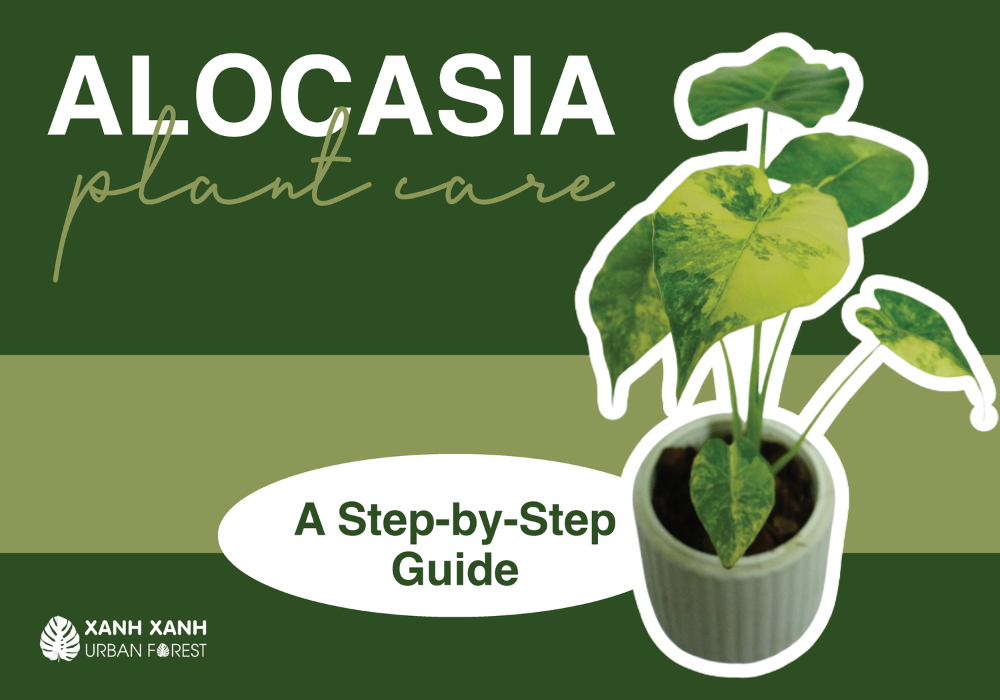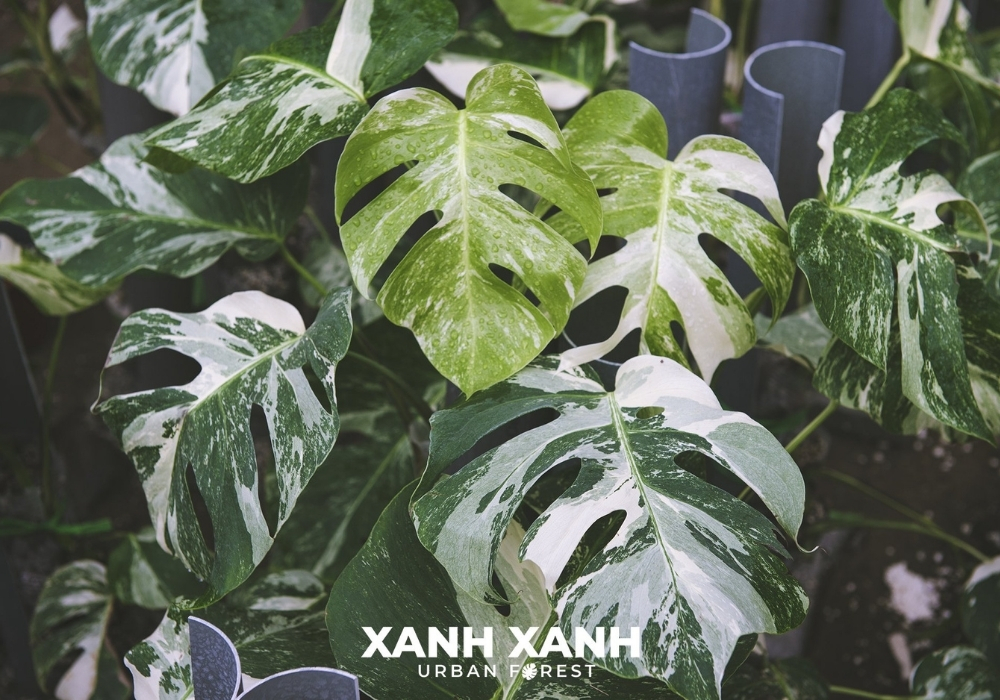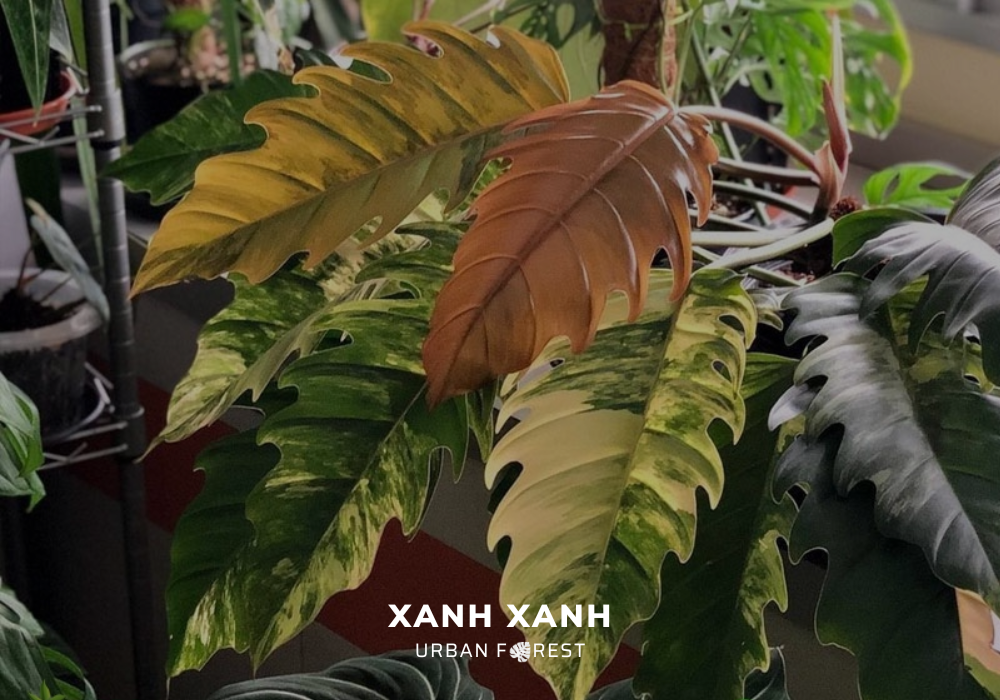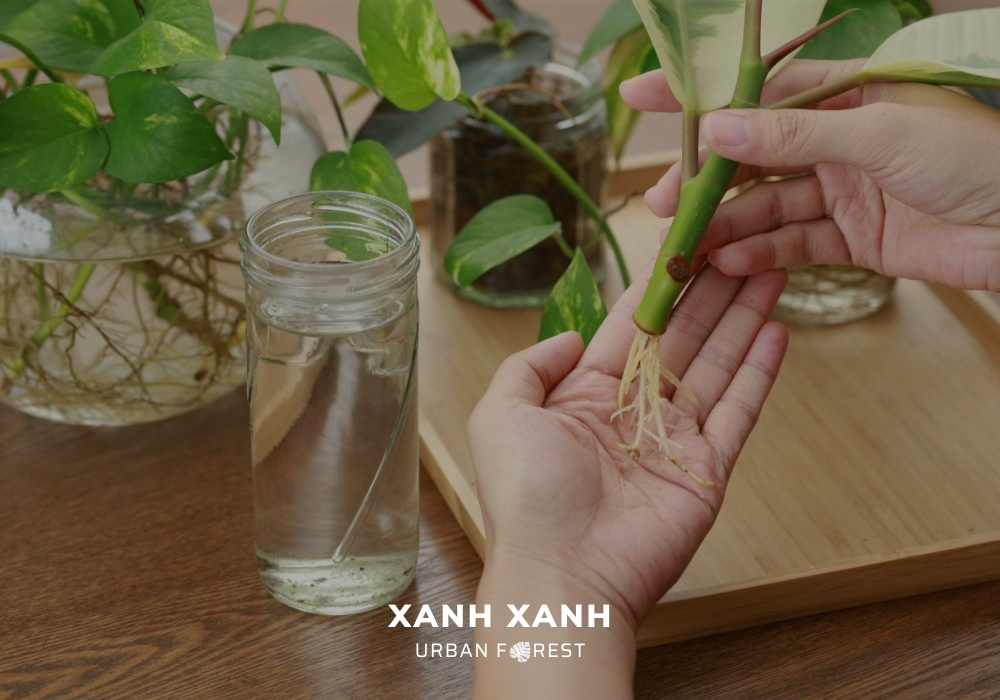Table of Contents
1. Overview of Alocasia Plant
Alocasia plant is distinguished for its enormous, vivid leaves. Summer is the most favorable time for leaf growth and development in Alocasia. During the summer months, this plant can produce new leaves at a rapid rate, sometimes one or more per week.
Alocasia begins its dormant season in the late autumn and early winter. The plant’s growth is slowed at this time, and it could potentially lose some or all of its leaves. This is a normal mechanism that aids the plant in preserving energy over the chilly winter months.
Your plant will come out of dormancy and start to sprout new leaves again as the weather warms up in the spring.

2. Light
Alocasia prefers indirect sunlight. Sunlight that has passed through a window or another object is referred to as indirect sunlight. Without subjecting Alocasia to the negative effects of direct sunlight, it is an effective approach to give them the light they require.
Here are some tips for providing Alocasia with the right amount of sunlight:
- Place your Alocasia plant near a window that receives bright, indirect sunlight.
- Alocasia should never be exposed to the sun, not even briefly.
- If you reside in a hot region, you might need to relocate your Alocasia plant throughout the summer to a more shaded area.
- Monitor your Alocasia’s leaves for signs of sunburn. Your plant should be moved to a more shady area if you notice any brown or yellow areas.

3. Potting mix

4. Watering
Alocasia is a water-loving plant. Keeping the potting mix moist but not waterlogged requires routine watering. The plant is dormant in the winter, therefore it is best to limit watering at that time.
Water-loving alocasia plants should not be overwatered, as this might cause root rot. The easiest technique to water an aloe is to saturate the soil completely until water begins to run out of the drainage holes at the bottom of the container. Before you water it once more, let the soil gradually dry up.
When the climate is hot and dry, as it is often in the summer, aloe vera plants need to be watered more frequently. During the dormant season of winter, you can water the plant less frequently, but make sure to regularly check the soil’s moisture to prevent total drying out.
5. Temperature

6. Humidity
There are several reasons why Alocasia prefer a humid environment. Alocasia’s leaves are big and thin, which increases its susceptibility to water loss. The likelihood of the leaves drying out is lower in a humid atmosphere. Second, because Alocasia has shallow roots, it needs to have access to moisture in the surrounding air. The roots are more likely to be able to absorb the moisture they require in a humid environment.
The ideal humidity level for Alocasia is 60-80%. If the humidity level is too low, the leaves of Alocasia may wilt or turn brown. The roots of Alocasia may decay if the relative humidity is too high.
Alocasia plants can benefit from increased humidity, which can be achieved in a number different ways. Placing the plants in a space that has a humidifier is one possibility. Another choice is to set the plants on a pebble tray that has water in it. The humidity level around the plants will rise as a result of water evaporation.
7. Fertilizer

8. Common problems
- Leaf spots: Alocasia plant is susceptible to leaf spots, which are caused by fungi. It’s important to maintain adequate air circulation and refrain from overwatering in order to prevent leaf spots.
- Yellow leaves: Underwatering, overwatering, pests, or illnesses are just a few of the causes of yellow leaves. It’s crucial to carefully examine the plant to determine the root of the yellow leaves.

The professionals at Xanh Xanh are always available to answer your inquiries in order to keep your plants healthy. Contact us via:






